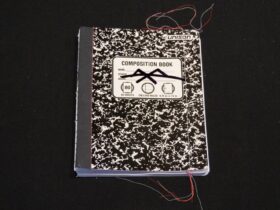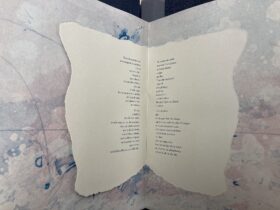
Using an off-the-shelf pencil eraser and electrostatic technology first pioneered 2,500 years ago, University of York scientists have settled one of the great puzzles of pre-Gutenberg commercial publishing.
Pocket Bibles, painstakingly inscribed by hand in their tens of thousands in the universities of Paris, Oxford and Padua, were made of vellum taken mostly from the hides of calf, sheep and goats, and then made ultra-thin by a process still unknown.
For decades, researchers have puzzled about the fineness of the so-called “uterine” vellum that could be bound in volumes small enough to fit the whole hand-lettered biblical narrative from Genesis to Apocalypse inside a capacious pocket. Page thicknesses varied from 0.28mm to as fine as 0.03mm, a measure that makes the term “paper-thin” meaningless. The fineness of the tissue, and the medieval use of the Latin term abortivum, suggested that the source might have been foetal or aborted livestock.
But since at least 20,000 pocket Bibles were delivered by professional scribes working with quill pens and ink made from oak gall and iron salts centuries before the milling of
paper or the invention of moveable type, the supply of unborn animals would have been unsustainable. So suspicion turned to squirrels, rats and rabbits as possible thin-skinned sources of the ultra-fine vellum.
Sarah Fiddyment and Matthew Collins of the University of York and colleagues report in the Proceedings of the National Academy of Sciences that they have now identified the signature biochemistry of the different species that perished to become 13th-century pocket copies of the Vulgate Bible.
The Greeks knew by 500BC that if they rubbed the hardened resin known as amber against fur, the hair would stand on end. The Greek word for amber waselectron, which became the etymology of electricity.





